Divisional Highlights
Lower School
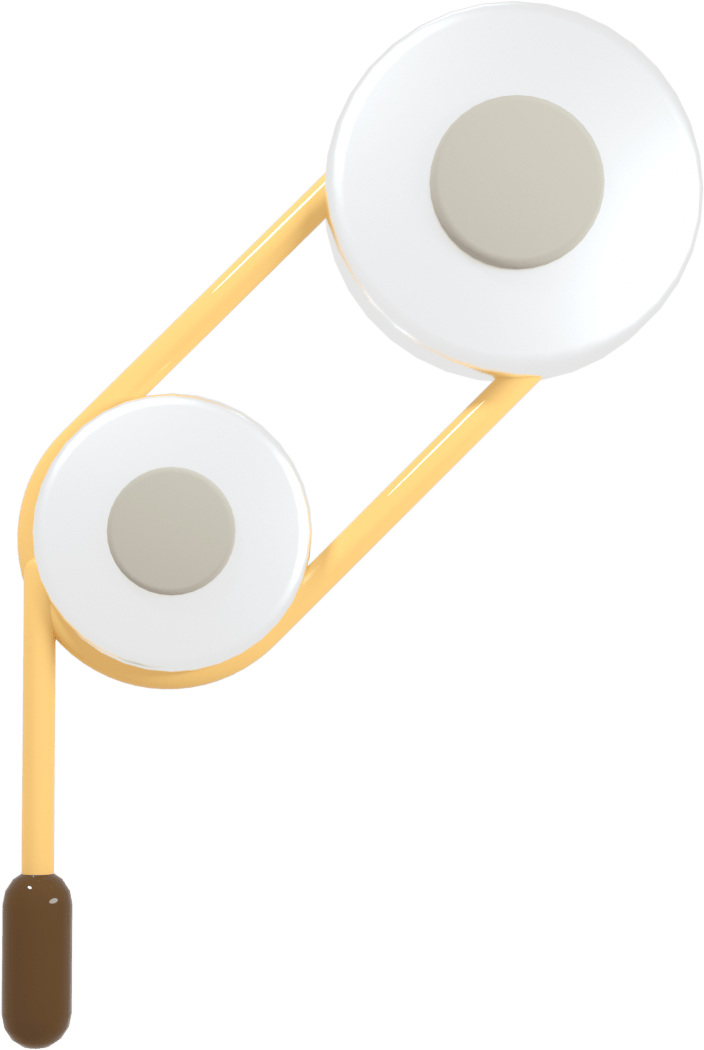
Simple Machines,
Complex Thinking
This unit harnesses the power of learning through play to help students understand complex physics topics while solving authentic problems
Students in Grade 4 created machines à la Rube Goldberg in Harley’s Makerspace as part of a project combining lessons about physics and simple machines using things like ramps, screws, and levers to solve a problem.
Goldberg was a popular comic book artist in the first half of the 1900s, known for depicting complicated gadgets. The cartoons presented incredibly complex machines doing ordinary, everyday tasks, like switch- ing off a light, turning a page, or swatting a fly.
For example, students designing a Rube Goldberg machine might build a system of pulleys and inclined planes to simply ring a bell or water a plant. They began learning about kinetic and potential energy while working in teams to create catapults.
“Students learn how actual drawings can be turned into their solutions—by exploring the question, How do I get something to perform a function for me? They discover ways to create something that’s in their minds, build it, and make sure their solution completes the assigned task,” said Harley’s Maker Educator, Kima Enerson. “We take time when we start the unit to walk around School and look at all the simple machines we interact with, but don’t often have the opportunity to manipulate. This becomes their chance to make something happen using simple machines in a context where they are choosing which to try and in what order.”
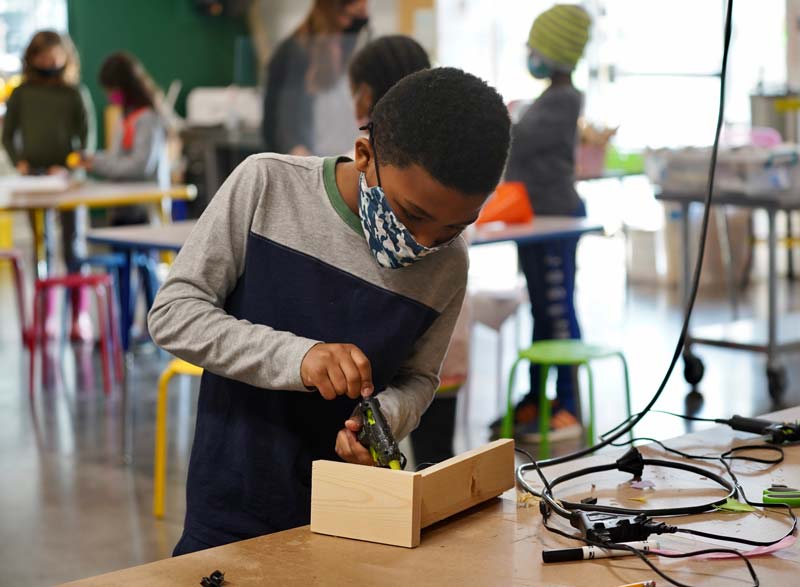
Divisional Highlights
Middle School
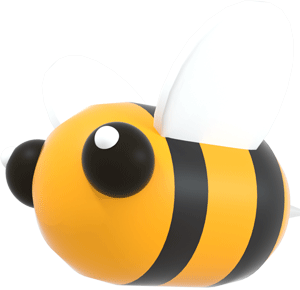
Bee Club Debuts
Ja’lynn Patmon, Grade 6, was instrumental in helping the club form. Last spring she was able to see a swarm of our bees that moved into one of the trees near the front entrance before they were relocated. With help from the Upper School beekeeping class, she was able to see the bees up close and interact with them—you can easily hold a bee in your hand during swarming because they are particularly docile. Ja’lynn was the first student to specifically approach Ms. Barker about starting a club.
“Because the club is new, there is no shortage of possible projects,” shared Ms. Barker. “What was really cool was that for the first month of the bee club, it overlapped with my Upper School beekeeping course.
The Upper Schoolers developed Friday lessons to introduce the younger students to the bees as part of their class.”
They created a Kahoot (an online trivia game) to acquaint them with basic concepts and to conduct a demonstration of how hives work. They also demon- strated honey extraction and presented their final project presentations to the Middle School Bee club. In the Spring, the club sold honey produced at the Harley hives. They worked on packaging and marketing the product for their potential customers.
Another aspect of the club focuses on advocacy. Students started by learning about bees and becoming excited about them. The next step is to protect what they love through peer education. This club prepares them for Upper School when they have the opportunity to work hands-on with the bees as part of the Introduction to Beekeeping elective.
“It’s very easy to be afraid of bees, but the more students learn about them, the more they want to protect them,” says Ms. Barker.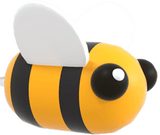 “I’m glad to help make this club available to the students so they can understand more about the bees and also share their passion and knowledge with others.”
“I’m glad to help make this club available to the students so they can understand more about the bees and also share their passion and knowledge with others.”
Divisional Highlights
Upper School
Harley’s Newspaper, The Acorn, Marks the Latest Literary Publication
Previously, Upper School published a literary magazine, Calliope, that provided a showcase for student talent—and three years ago it was rebranded as Rosebud. However, during hybrid learning due to COVID, the efforts were put on hold; but now it is revitalized and being published again as The Acorn.
According to Frances, a school newspaper is important because, “it allows students to write as well as share opinions. At Harley there are really strong writers and stories, and The Acorn gives them a way to contribute outside of writing for classes.”
This year, there are nine Upper School students working on the publication, many of whom joined during club rush. The newspaper, in its current iteration, is guided less by a rigid editorial calendar and more by the concept of selecting stories the writers are passionate about, submitting the potential topics for vote by the newspaper staff, and then writing and publishing the articles. The group also brainstorms various article ideas and provides these to the writers for coverage, keeping in mind that the school serves students as young as nursery.
For the first group of articles, staffers were encouraged to collaborate to complete the work. For example, a pair of students wrote teacher interviews, and although they wrote them separately, they worked together to develop the questions and map out the process; plus, it’s easier to be accountable to someone else.
Going Digital
One of the group’s goals is to develop ways for people to be able to click on the newspaper link directly in order to create posters with QR codes to put up around school. Another is to look ahead to next year when the writers will be more seasoned and can develop a stronger voice overall, as well as themes for the issues. Additionally, they are developing a group of mentor texts to help guide and inspire story development.
You can enjoy The Acorn by clicking here.
Divisional Highlights
Lower School

Simple Machines,
Complex Thinking
This unit harnesses the power of learning through play to help students understand complex physics topics while solving authentic problems
Students in Grade 4 created machines à la Rube Goldberg in Harley’s Makerspace as part of a project combining lessons about physics and simple machines using things like ramps, screws, and levers to solve a problem.
Goldberg was a popular comic book artist in the first half of the 1900s, known for depicting complicated gadgets. The cartoons presented incredibly complex machines doing ordinary, everyday tasks, like switch- ing off a light, turning a page, or swatting a fly.
For example, students designing a Rube Goldberg machine might build a system of pulleys and inclined planes to simply ring a bell or water a plant. They began learning about kinetic and potential energy while working in teams to create catapults.
“Students learn how actual drawings can be turned into their solutions—by exploring the question, How do I get something to perform a function for me? They discover ways to create something that’s in their minds, build it, and make sure their solution completes the assigned task,” said Harley’s Maker Educator, Kima Enerson. “We take time when we start the unit to walk around School and look at all the simple machines we interact with, but don’t often have the opportunity to manipulate. This becomes their chance to make something happen using simple machines in a context where they are choosing which to try and in what order.”


Divisional Highlights
Middle School

Bee Club Debuts
Ja’lynn Patmon, Grade 6, was instrumental in helping the club form. Last spring she was able to see a swarm of our bees that moved into one of the trees near the front entrance before they were relocated. With help from the Upper School beekeeping class, she was able to see the bees up close and interact with them—you can easily hold a bee in your hand during swarming because they are particularly docile. Ja’lynn was the first student to specifically approach Ms. Barker about starting a club.
“Because the club is new, there is no shortage of possible projects,” shared Ms. Barker. “What was really cool was that for the first month of the bee club, it overlapped with my Upper School beekeeping course.
The Upper Schoolers developed Friday lessons to introduce the younger students to the bees as part of their class.”
They created a Kahoot (an online trivia game) to acquaint them with basic concepts and to conduct a demonstration of how hives work. They also demon- strated honey extraction and presented their final project presentations to the Middle School Bee club. In the Spring, the club sold honey produced at the Harley hives. They worked on packaging and marketing the product for their potential customers.
Another aspect of the club focuses on advocacy. Students started by learning about bees and becoming excited about them. The next step is to protect what they love through peer education. This club prepares them for Upper School when they have the opportunity to work hands-on with the bees as part of the Introduction to Beekeeping elective.
“It’s very easy to be afraid of bees, but the more students learn about them, the more they want to protect them,” says Ms. Barker. “I’m glad to help make this club available to the students so they can understand more about the bees and also share their passion and knowledge with others.”
“I’m glad to help make this club available to the students so they can understand more about the bees and also share their passion and knowledge with others.”
Divisional Highlights
Upper School
Harley’s Newspaper, The Acorn, Marks the Latest Literary Publication
Previously, Upper School published a literary magazine, Calliope, that provided a showcase for student talent—and three years ago it was rebranded as Rosebud. However, during hybrid learning due to COVID, the efforts were put on hold; but now it is revitalized and being published again as The Acorn.
According to Frances, a school newspaper is important because, “it allows students to write as well as share opinions. At Harley there are really strong writers and stories, and The Acorn gives them a way to contribute outside of writing for classes.”
This year, there are nine Upper School students working on the publication, many of whom joined during club rush. The newspaper, in its current iteration, is guided less by a rigid editorial calendar and more by the concept of selecting stories the writers are passionate about, submitting the potential topics for vote by the newspaper staff, and then writing and publishing the articles. The group also brainstorms various article ideas and provides these to the writers for coverage, keeping in mind that the school serves students as young as nursery.
For the first group of articles, staffers were encouraged to collaborate to complete the work. For example, a pair of students wrote teacher interviews, and although they wrote them separately, they worked together to develop the questions and map out the process; plus, it’s easier to be accountable to someone else.
Going Digital
One of the group’s goals is to develop ways for people to be able to click on the newspaper link directly in order to create posters with QR codes to put up around school. Another is to look ahead to next year when the writers will be more seasoned and can develop a stronger voice overall, as well as themes for the issues. Additionally, they are developing a group of mentor texts to help guide and inspire story development.
You can enjoy The Acorn by clicking here.
Divisional Highlights
Lower School

Simple Machines,
Complex Thinking
This unit harnesses the power of learning through play to help students understand complex physics topics while solving authentic problems
Students in Grade 4 created machines à la Rube Goldberg in Harley’s Makerspace as part of a project combining lessons about physics and simple machines using things like ramps, screws, and levers to solve a problem.
Goldberg was a popular comic book artist in the first half of the 1900s, known for depicting complicated gadgets. The cartoons presented incredibly complex machines doing ordinary, everyday tasks, like switch- ing off a light, turning a page, or swatting a fly.
For example, students designing a Rube Goldberg machine might build a system of pulleys and inclined planes to simply ring a bell or water a plant. They began learning about kinetic and potential energy while working in teams to create catapults.
Trial and error are a large component of this assignment, and students have fun seeing what works and what doesn’t turn out quite as planned.
“Students learn how actual drawings can be turned into their solutions—by exploring the question, How do I get something to perform a function for me? They discover ways to create something that’s in their minds, build it, and make sure their solution completes the assigned task,” said Harley’s Maker Educator, Kima Enerson. “We take time when we start the unit to walk around School and look at all the simple machines we interact with, but don’t often have the opportunity to manipulate. This becomes their chance to make something happen using simple machines in a context where they are choosing which to try and in what order.”


Divisional Highlights
Middle School

Bee Club Debuts
Ja’lynn Patmon, Grade 6, was instrumental in helping the club form. Last spring she was able to see a swarm of our bees that moved into one of the trees near the front entrance before they were relocated. With help from the Upper School beekeeping class, she was able to see the bees up close and interact with them—you can easily hold a bee in your hand during swarming because they are particularly docile. Ja’lynn was the first student to specifically approach Ms. Barker about starting a club.
“Because the club is new, there is no shortage of possible projects,” shared Ms. Barker. “What was really cool was that for the first month of the bee club, it overlapped with my Upper School beekeeping course.
The Upper Schoolers developed Friday lessons to introduce the younger students to the bees as part of their class.”
They created a Kahoot (an online trivia game) to acquaint them with basic concepts and to conduct a demonstration of how hives work. They also demon- strated honey extraction and presented their final project presentations to the Middle School Bee club. In the Spring, the club sold honey produced at the Harley hives. They worked on packaging and marketing the product for their potential customers.
Another aspect of the club focuses on advocacy. Students started by learning about bees and becoming excited about them. The next step is to protect what they love through peer education. This club prepares them for Upper School when they have the opportunity to work hands-on with the bees as part of the Introduction to Beekeeping elective.
“It’s very easy to be afraid of bees, but the more students learn about them, the more they want to protect them,” says Ms. Barker. “I’m glad to help make this club available to the students so they can understand more about the bees and also share their passion and knowledge with others.”
“I’m glad to help make this club available to the students so they can understand more about the bees and also share their passion and knowledge with others.”

Divisional Highlights
Upper School
Harley’s Newspaper, The Acorn, Marks the Latest Literary Publication
Previously, Upper School published a literary magazine, Calliope, that provided a showcase for student talent—and three years ago it was rebranded as Rosebud. However, during hybrid learning due to COVID, the efforts were put on hold; but now it is revitalized and being published again as The Acorn.
According to Frances, a school newspaper is important because, “it allows students to write as well as share opinions. At Harley there are really strong writers and stories, and The Acorn gives them a way to contribute outside of writing for classes.”
This year, there are nine Upper School students working on the publication, many of whom joined during club rush. The newspaper, in its current iteration, is guided less by a rigid editorial calendar and more by the concept of selecting stories the writers are passionate about, submitting the potential topics for vote by the newspaper staff, and then writing and publishing the articles. The group also brainstorms various article ideas and provides these to the writers for coverage, keeping in mind that the school serves students as young as nursery.
For the first group of articles, staffers were encouraged to collaborate to complete the work. For example, a pair of students wrote teacher interviews, and although they wrote them separately, they worked together to develop the questions and map out the process; plus, it’s easier to be accountable to someone else.
Going Digital
One of the group’s goals is to develop ways for people to be able to click on the newspaper link directly in order to create posters with QR codes to put up around school. Another is to look ahead to next year when the writers will be more seasoned and can develop a stronger voice overall, as well as themes for the issues. Additionally, they are developing a group of mentor texts to help guide and inspire story development.
You can enjoy The Acorn by clicking here.

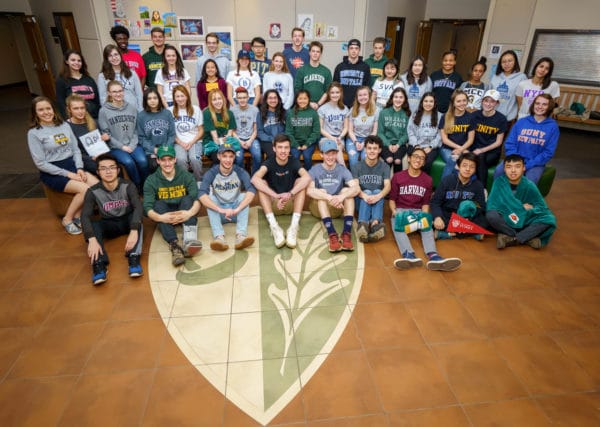 Harley’s Approach to College Counseling
Harley’s Approach to College Counseling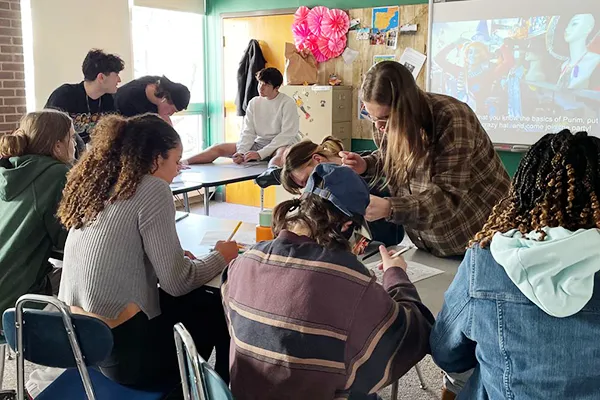 “Club Rush” is an afternoon every fall in the Upper School when students have the chance to sign up for clubs for the year, and each year it is very different because new clubs are created based on student initiative and enthusiasm.
“Club Rush” is an afternoon every fall in the Upper School when students have the chance to sign up for clubs for the year, and each year it is very different because new clubs are created based on student initiative and enthusiasm.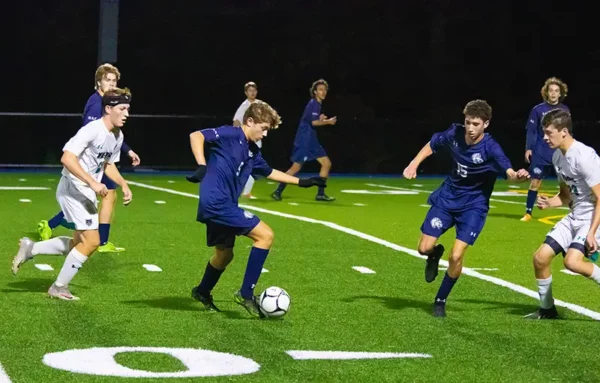 Each and every year, students at The Harley School participate in HAC Athletics, and their success continues to be impressive, both as students and athletes. Our athletic program is an integral part of Harley, teaching student-athletes invaluable lessons about teamwork, time management, persistence, and competition. Our program allows them to develop physically, mentally, socially, and emotionally as they represent their school on and off the field. They grow, mature, and work hard to be the best teammate they can, while creating lifelong memories with teammates who often remain friends for life.
Each and every year, students at The Harley School participate in HAC Athletics, and their success continues to be impressive, both as students and athletes. Our athletic program is an integral part of Harley, teaching student-athletes invaluable lessons about teamwork, time management, persistence, and competition. Our program allows them to develop physically, mentally, socially, and emotionally as they represent their school on and off the field. They grow, mature, and work hard to be the best teammate they can, while creating lifelong memories with teammates who often remain friends for life. 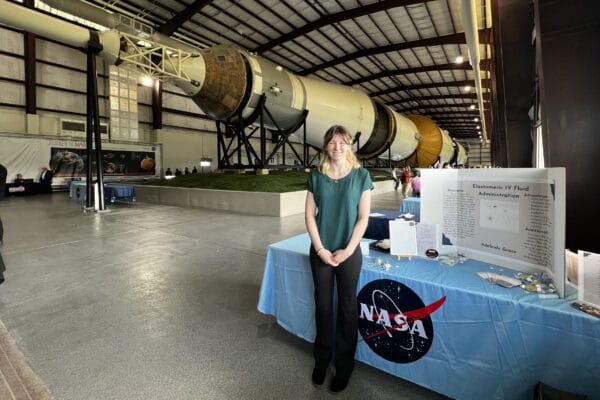 Our Upper School is filled with formal and informal opportunities for students to take on leadership roles. Whether following passions or learning new skills, student-driven opportunities take many shapes.
Our Upper School is filled with formal and informal opportunities for students to take on leadership roles. Whether following passions or learning new skills, student-driven opportunities take many shapes.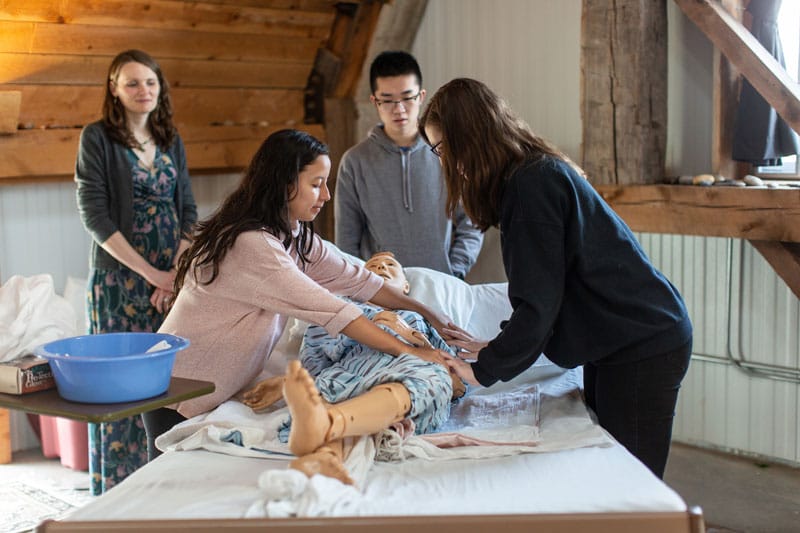 Unlike this class, death is not an elective. Although it is one of two universal human experiences, our culture often ignores, denies, or misconstrues the true nature of death and dying. What happens when we bear witness to this natural process in the cycle of life and develop our ability to be fully present with others when they need us more than ever? It has the potential to change us deeply and fundamentally while shining a brilliant light on the path of our own lives.
Unlike this class, death is not an elective. Although it is one of two universal human experiences, our culture often ignores, denies, or misconstrues the true nature of death and dying. What happens when we bear witness to this natural process in the cycle of life and develop our ability to be fully present with others when they need us more than ever? It has the potential to change us deeply and fundamentally while shining a brilliant light on the path of our own lives.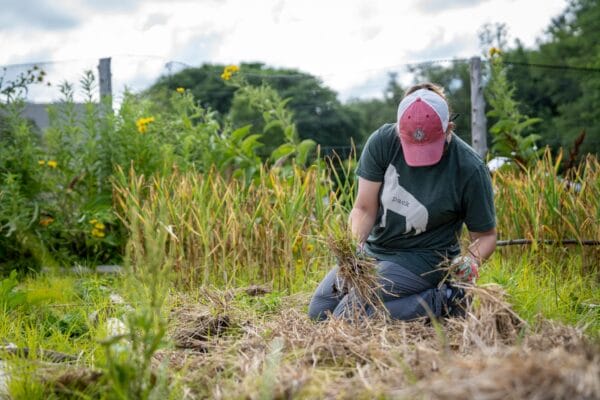 This program utilizes environmentally-focused approaches to education and hands-on learning in order to foster the next generation of leaders through a lens of sustainability and problem-solving.
This program utilizes environmentally-focused approaches to education and hands-on learning in order to foster the next generation of leaders through a lens of sustainability and problem-solving.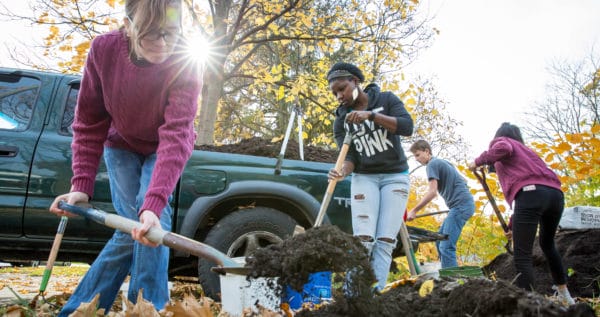 At Harley, our students learn how to evaluate social systems in order to identify complex problems in society through a lens of social justice. They take a hands-on approach to working for a fair, equitable society by researching, exploring and evaluating different perspectives, and offering solutions—both theoretical and practical.
At Harley, our students learn how to evaluate social systems in order to identify complex problems in society through a lens of social justice. They take a hands-on approach to working for a fair, equitable society by researching, exploring and evaluating different perspectives, and offering solutions—both theoretical and practical.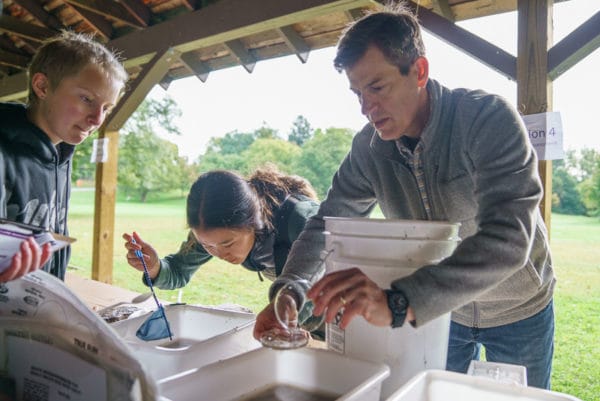 Students may create independent studies with supervising teachers throughout their Upper School experience or, during Grade 12, they can design Capstone projects—intensive collaborations with Harley faculty and off-campus mentors—involving rigorous academic study and culminating in public presentations.
Students may create independent studies with supervising teachers throughout their Upper School experience or, during Grade 12, they can design Capstone projects—intensive collaborations with Harley faculty and off-campus mentors—involving rigorous academic study and culminating in public presentations. 